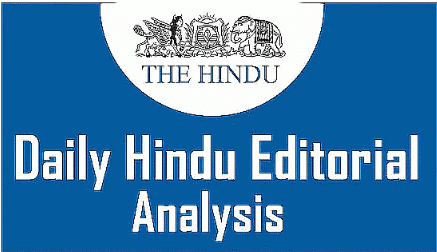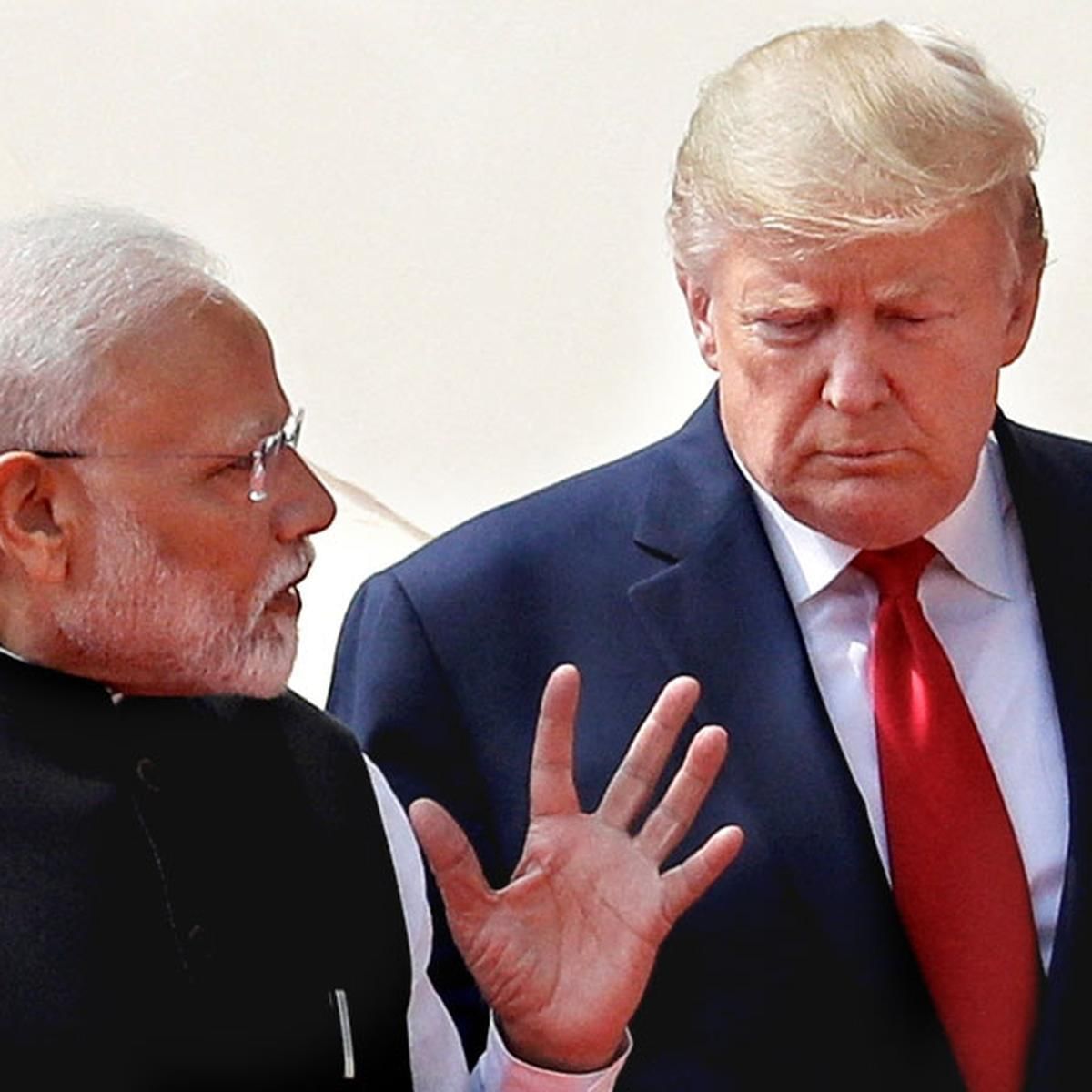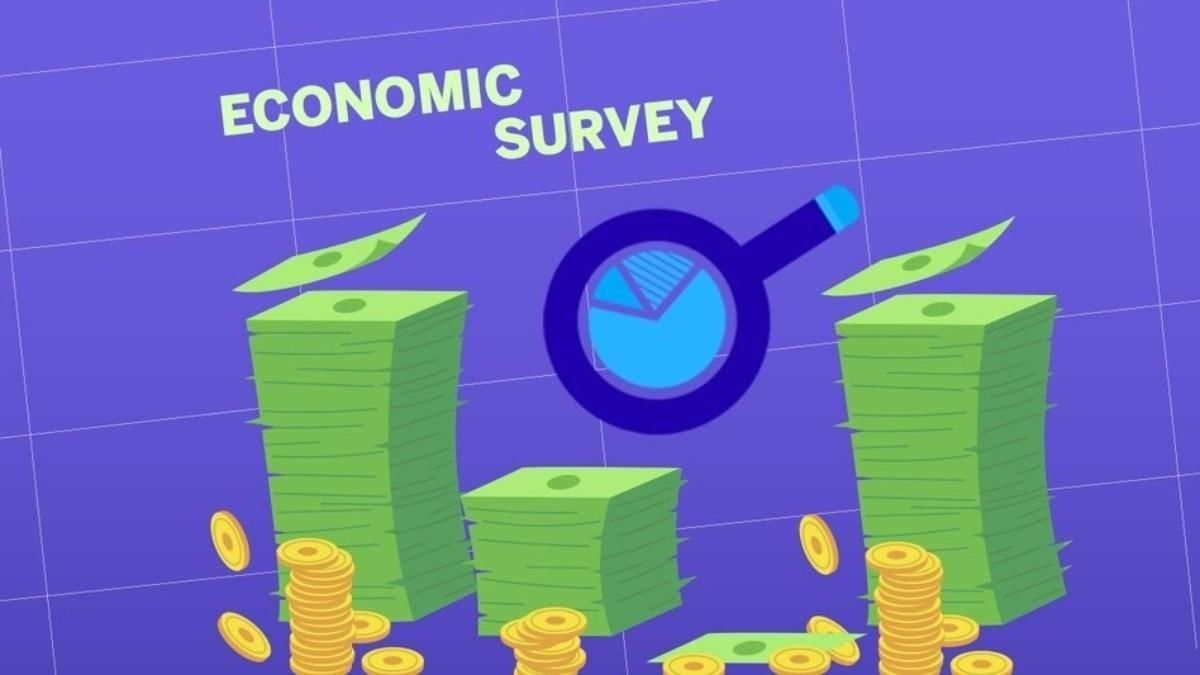UPSC Exam > UPSC Notes > Current Affairs & Hindu Analysis: Daily, Weekly & Monthly > The Hindu Editorial Analysis- 1st February 2025
The Hindu Editorial Analysis- 1st February 2025 | Current Affairs & Hindu Analysis: Daily, Weekly & Monthly - UPSC PDF Download

A Note for New Delhi on Dealing with ‘Trumperica’
Why is it News?
The executive actions by the Trump administration concerning immigration, trade, and artificial intelligence (AI) will have significant effects on India’s workforce, economy, and diplomatic relations. This situation requires India to make strategic adjustments in its policies to address the changing dynamics.
Trump’s Executive Actions and Initial Signals
- Upon taking office, Donald Trump signed numerous executive orders (EOs), which included revoking Biden-era policies and withdrawing from multilateral agreements.
- The White House characterized these actions as “100s of Executive actions in the first 100 hours to kick off America’s Golden Age.”
- Initially, India received positive indications, with External Affairs Minister S. Jaishankar attending Trump’s inauguration and meeting with U.S. officials.
- However, the economic and trade policies under Trump’s administration posed significant challenges for India.
Immigration Crackdown and Its Impact on India
- Trump’s immigration policies emphasize border security, halting illegal migration, and stringent visa screening.
- The Immigration and Customs Enforcement (ICE) agency has intensified raids and arrests, impacting undocumented Indian migrants.
- There are over 7.25 lakh undocumented Indians in the U.S., with 18,000 Indians in detention awaiting deportation.
- Economic implications of deportations include:
- Loss of remittances: Increased deportations could lead to economic losses and rising unemployment in India.
- Trade pressure: Trump may use tariffs to compel India to accept deported migrants, similar to actions taken with Colombia.
- Tighter visa regulations: Restrictions on H-1B visas and work permits for spouses will limit opportunities for Indian professionals.
Trade Policy and Tariff Weaponization
- Trump’s “America First Trade Policy” is expected to increase tariff-based pressures on trade partners, including India.
- During his first term, Trump revoked India’s Generalized System of Preferences (GSP) status and halted oil imports from Iran and Venezuela.
- India may encounter more challenging trade negotiations as Trump prioritizes U.S. economic interests.
- The evolving U.S.-China relationship under Trump adds a layer of uncertainty, with Trump’s tariff threats to China being less aggressive than anticipated.
U.S. Withdrawals from Global Agreements and Their Effect on India
- Trump’s withdrawal from organizations like the World Health Organization (WHO) and the OECD Global Tax Deal, along with the rollback of commitments on climate change and green energy, could have repercussions for India.
- These actions may lead to a reduction in U.S. funding and support for India’s energy transition and development projects.
Artificial Intelligence (AI) and Its Economic Consequences for India
- The Trump administration is prioritizing investments in AI, exemplified by the launch of the $500 billion Stargate AI Infrastructure project.
- The aim is to keep the U.S. at the forefront of technology and reduce reliance on foreign tech workers.
- Risks of AI job replacement.
- Tech leaders like Sundar Pichai from Google estimate that over 25% of new code is generated by AI.
- Mark Zuckerberg from Meta predicts that AI will replace mid-level engineering positions.
- These developments may lead to a decreased demand for Indian tech professionals seeking employment in the U.S.
India’s Response and Future Strategy
- India needs to reevaluate its education and skilling policies to accommodate the affected STEM graduates in the workforce.
- New Delhi must consider Trump’s trade, technology, and immigration policies while engaging in diplomatic relations with the U.S.
- India’s dependence on the IT-BPM sector, which contributes 55% of GDP and 40% of exports, necessitates adaptation to global changes in AI and digital industries.
Conclusion
The policies of the Trump administration regarding immigration, trade, and artificial intelligence will have a profound impact on India’s economy and workforce. It is crucial for India to proactively adjust its diplomatic and economic strategies to effectively navigate these changes.
The Economic Survey Sets Out Challenges to India’s Growth
Why is it News?
- India is experiencing a slowdown in economic growth, with weakening investment trends, increasing global uncertainties, and ongoing regulatory challenges.
- The Economic Survey 2024-25 highlights the need for deregulation, economic freedom, and structural reforms to maintain long-term growth.

Introduction
- The Budget session of Parliament has commenced during a period of economic slowdown in India, following four years of steady recovery after the pandemic.
- Stock markets are declining, the rupee is depreciating more rapidly than anticipated, and crucial drivers of economic growth, such as domestic demand and public sector capital expenditure, are losing momentum.
Investment Trends Over the Last Five Years
- Between 2019-20 and 2023-24, government capital expenditure (capex) increased at a compounded annual growth rate (CAGR) of 16%.
- Household investments rose by 12%, while corporate investments trailed at only 6%, despite a significant reduction in the corporate tax rate.
- The slowdown in key economic growth drivers is a significant concern, particularly given the persistent weakness in private investments.
Global Economic Uncertainty and its Impact on India
- The new U.S. administration appears committed to altering global trade and taxation policies, contributing to economic uncertainty for India.
- The Economic Survey 2024-25 cautions that with globalization retreating, India must prioritize domestic factors to drive economic growth and remain competitive in attracting foreign investors.
GDP Growth Projections and Concerns
- The Economic Survey forecasts India’s real GDP growth for 2025-26 to be between 6.3% to 6.8%, slightly lower than the 6.4% estimate for 2024-25.
- To achieve the goal of becoming a developed nation by 2047, India’s economy needs to grow at 8% annually for at least a decade.
- A “business as usual” approach could result in economic stagnation, underscoring the necessity for significant reforms.
Need for Economic Deregulation and Reform
- Despite recent economic reforms being lauded, the Economic Survey emphasizes that their intended outcomes will not materialize unless regulations are eased.
- The government is encouraged to minimize unnecessary regulations and reduce micro-management of businesses.
- Bridging the trust deficit between the government and citizens, as well as within business communities, is crucial.
Ease of Doing Business and Market Reforms
- The Economic Survey advocates for improving the ease of doing business by mitigating market distortions caused by excessive controls.
- A “minimum necessary, maximum feasible” approach to regulations is recommended.
- Regulators should be held accountable, similar to the expectations placed on businesses regarding regulatory compliance.
Empowering Small Businesses and Economic Freedom
- The Survey underscores the importance of empowering small businesses and ensuring economic freedom with a level playing field for all enterprises.
- Recent government policy decisions, such as import restrictions, production-linked incentives (PLI), and unpredictable taxation measures, which resemble 1970s-style economic policies, are criticized.
Conclusion – Key Takeaway for the Budget
- The Economic Survey offers clear guidance to the government: reduce unnecessary controls, trust businesses, and prioritize long-term economic freedom.
- The extent to which the government will heed and implement these recommendations will become apparent in the forthcoming Budget.
The document The Hindu Editorial Analysis- 1st February 2025 | Current Affairs & Hindu Analysis: Daily, Weekly & Monthly - UPSC is a part of the UPSC Course Current Affairs & Hindu Analysis: Daily, Weekly & Monthly.
All you need of UPSC at this link: UPSC
|
38 videos|5288 docs|1117 tests
|
FAQs on The Hindu Editorial Analysis- 1st February 2025 - Current Affairs & Hindu Analysis: Daily, Weekly & Monthly - UPSC
| 1. What is meant by 'Trumperica' in the context of India's economic challenges? |  |
Ans. 'Trumperica' refers to the economic policies and political climate of the United States under former President Donald Trump, characterized by nationalism, protectionism, and a focus on domestic interests. This has implications for India, especially in trade relations, foreign investments, and global supply chains.
| 2. What are the main challenges to India’s growth highlighted in the Economic Survey? |  |
Ans. The Economic Survey outlines several challenges to India's growth, including global economic uncertainties, inflation, potential disruptions in trade due to geopolitical tensions, and the need for structural reforms in various sectors to enhance productivity and competitiveness.
| 3. How can India navigate its economic relationship with the United States in the face of 'Trumperica'? |  |
Ans. India can navigate its economic relationship by diversifying trade partnerships, enhancing bilateral trade agreements, investing in technology and innovation, and engaging in diplomatic efforts to address trade barriers while promoting mutual economic interests.
| 4. What role does the Economic Survey play in shaping India’s economic policy? |  |
Ans. The Economic Survey provides critical analysis and insights into the current economic situation, outlining risks and opportunities. It serves as a foundation for policy-making, guiding the government in crafting strategies to address economic challenges and promote sustainable growth.
| 5. How does the global economic environment affect India’s growth prospects? |  |
Ans. The global economic environment significantly impacts India’s growth prospects through trade dynamics, foreign investment flows, and overall economic stability. Factors such as global demand, commodity prices, and international relations can influence India’s economic performance and policy decisions.
Related Searches
















